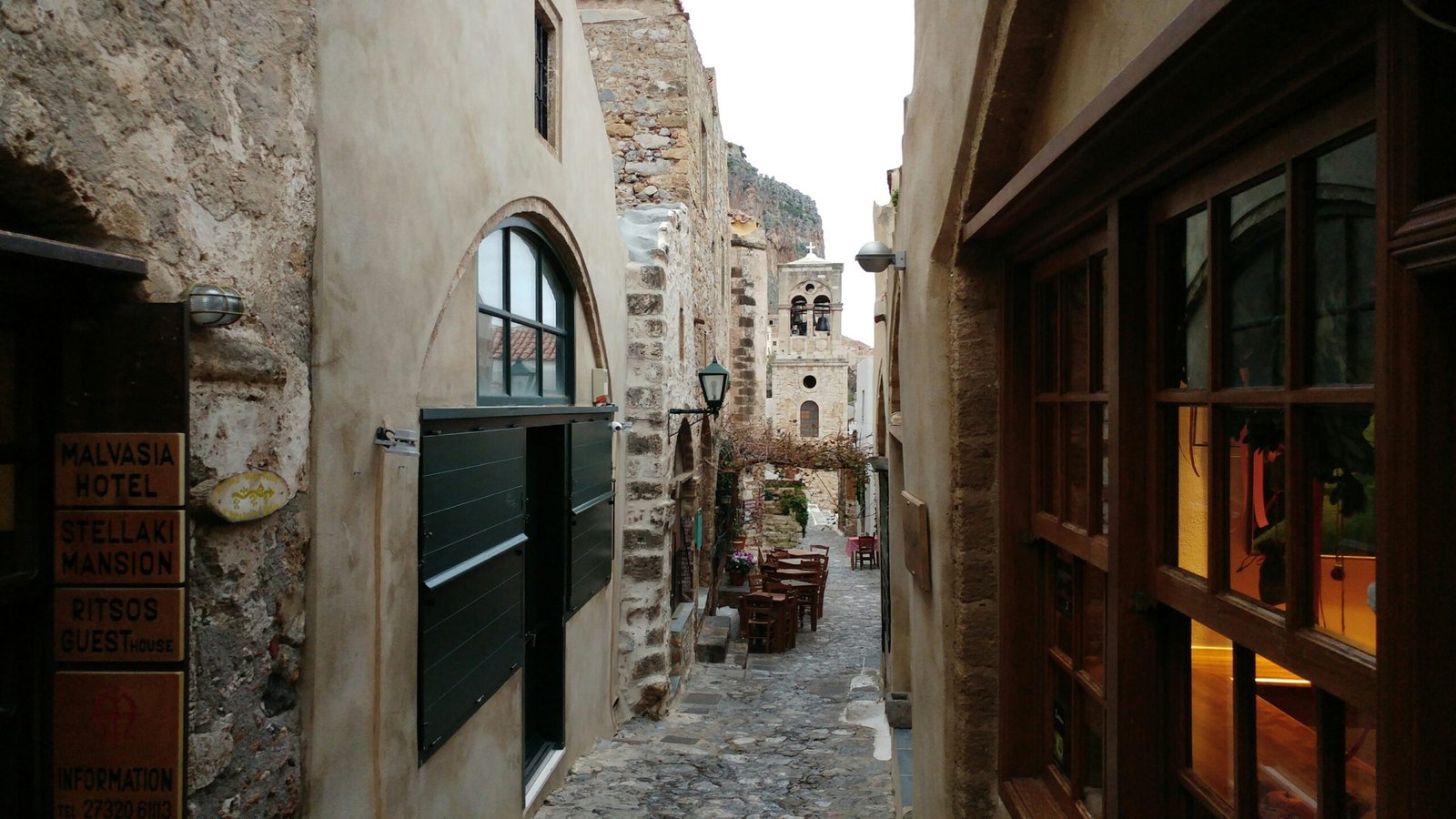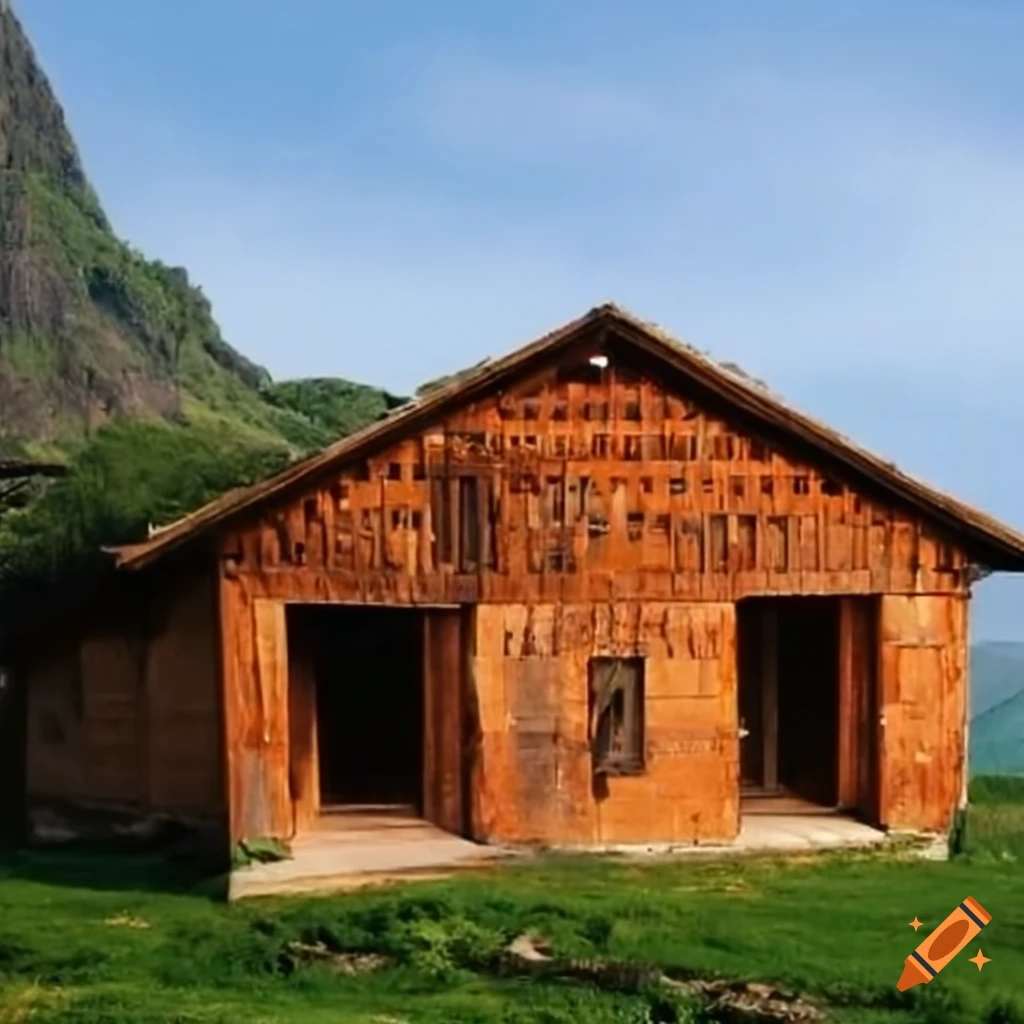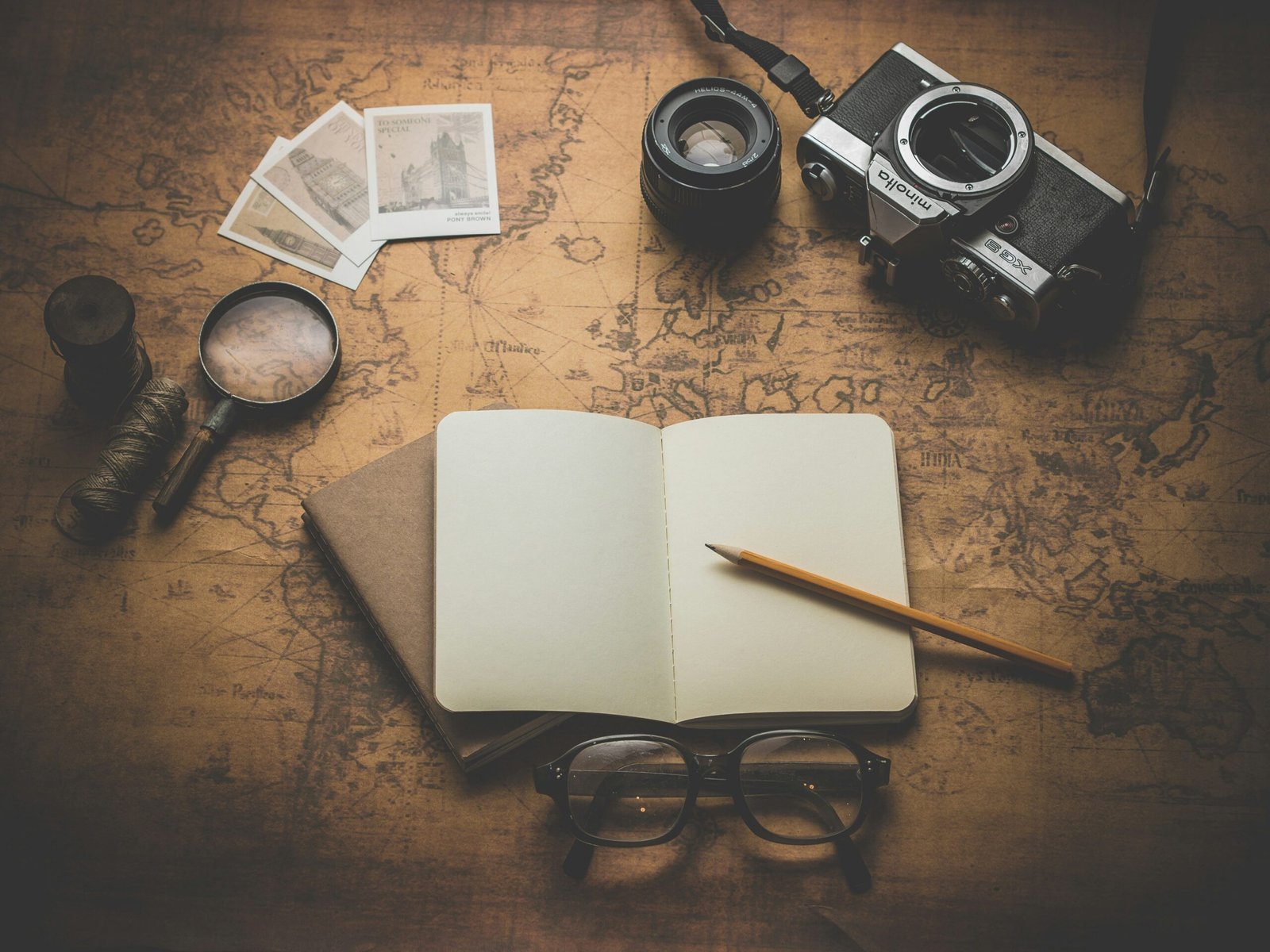Introduction
Solo adventure trips have increasingly become a favored choice among travelers seeking unique experiences and a sense of freedom. These excursions allow individuals to explore new terrains, cultures, and themselves without the constraints that often accompany group travel. The allure of solo adventures lies in the ability to chart one’s own course, make spontaneous decisions, and fully immerse in the journey without compromises.
Whether it’s hiking through remote mountain ranges, exploring hidden gems in bustling cities, or venturing into the wilderness, solo travel offers a rewarding and introspective experience. It encourages self-reliance and fosters a deeper connection with the environment and local cultures. As more people turn to solo adventure trips for these enriching experiences, the importance of safety cannot be overstated.
While the freedom and exhilaration of navigating an adventure alone are undeniably appealing, they come with their own set of challenges and risks. Ensuring personal safety becomes paramount, as solo travelers are solely responsible for their well-being. This blog aims to provide essential tips and guidelines to help solo adventurers stay safe while maximizing their experiences.
Research and Planning
Embarking on a solo adventure trip requires thorough research and meticulous planning to ensure safety and a fulfilling experience. Understanding your destination is paramount. This involves not just knowing the geographical layout but also immersing yourself in the cultural nuances and local customs. Familiarizing yourself with the societal norms can prevent unintentional offenses and enrich your travel experience. For instance, certain gestures or clothing considered acceptable in your home country might be inappropriate elsewhere.
Creating a detailed itinerary is another critical step. This includes charting out your travel routes, accommodation, and activities. While spontaneity can be thrilling, having a structured plan can mitigate risks. Ensure that your itinerary is flexible enough to accommodate unforeseen changes yet detailed enough to provide a clear roadmap for your journey. Share this itinerary with a trusted friend or family member, so they are aware of your whereabouts at all times.
Equally important is familiarizing yourself with local laws and emergency services. Each country has its own legal framework, and what might be legal in one place could be illegal in another. Understanding these laws can prevent legal complications. Additionally, knowing the location of the nearest hospital, police station, and your country’s embassy or consulate can be lifesaving in emergencies. Keep a list of emergency contact numbers handy, both in your phone and written down in case of technological failures.
By blending extensive research with careful planning, you can significantly enhance your safety on a solo adventure trip. The time invested in understanding your destination, crafting a comprehensive itinerary, and familiarizing yourself with local laws and emergency services is invaluable. It not only safeguards you from potential pitfalls but also ensures a more enriching and stress-free travel experience.
Health and Fitness Preparation
Embarking on a solo adventure trip necessitates thorough health and fitness preparation to ensure a safe and enjoyable experience. One of the initial steps involves obtaining necessary vaccinations. Consult with a healthcare provider to determine which vaccinations are required or recommended for your destination. This precautionary measure can shield you from region-specific diseases and contribute to a healthier journey.
Equally important is packing a comprehensive first-aid kit. Your kit should include essentials such as bandages, antiseptic wipes, pain relievers, and any personal medications you may need. Consider adding a few extra items like a digital thermometer, tweezers, and insect repellent. A well-stocked first-aid kit is indispensable, especially when you are miles away from immediate medical assistance.
Ensuring your fitness levels are up to par with the planned activities is another crucial aspect. Assess the physical demands of your adventure, whether it involves hiking, biking, or other strenuous activities. Engage in a regular fitness regimen leading up to your trip, focusing on cardio, strength training, and flexibility exercises. This preparation will not only enhance your performance but also reduce the risk of injury.
Mental preparation is equally vital when venturing solo. The prospect of solitude can be daunting for many; therefore, it is essential to develop coping mechanisms for dealing with loneliness. Engage in mindfulness practices, carry a journal to document your experiences, and take along some form of entertainment, like books or music, to keep your mind occupied. Additionally, be mentally prepared to handle unforeseen challenges, such as navigating unfamiliar terrains or dealing with unexpected weather conditions.
By addressing both physical and mental preparation, you can significantly enhance the safety and enjoyment of your solo adventure trip. A proactive approach to health and fitness ensures that you are well-equipped to handle the unique demands of traveling alone.
Packing Essentials
When embarking on a solo adventure trip, packing the right essentials is crucial for both comfort and safety. The key is to pack light yet smart, ensuring you have everything you need without being weighed down by unnecessary items. Start with clothing; prioritize versatile, weather-appropriate apparel that can be layered. Quick-dry fabrics are ideal, as they are both functional and easy to manage. A lightweight rain jacket, thermal wear, and sturdy hiking boots are must-haves for unpredictable weather conditions.
Gear selection is another critical aspect of your packing list. Opt for a durable backpack with a capacity of around 40-60 liters, which is ample for carrying your essentials without being overly cumbersome. Include a compact sleeping bag, a portable stove for cooking, and a water purification system to ensure access to clean drinking water. These items are indispensable for any solo adventurer.
Technology plays a pivotal role in enhancing safety during your trip. A reliable GPS device is essential for navigation, especially in remote areas where cell service may be limited. Portable chargers or solar power banks will keep your devices operational. Additionally, a headlamp with extra batteries is vital for nighttime visibility. Don’t forget to pack an emergency kit, which should include a first aid kit, a multi-tool, and a whistle for signaling in case of distress.
Safety gear cannot be overstated. Carrying a personal locator beacon (PLB) can be a lifesaver, as it sends out a distress signal and your exact location to emergency responders. It’s also wise to bring a map and compass as backups to your GPS. Lastly, make sure to include some form of personal identification and a list of emergency contacts.
By meticulously planning and packing these essentials, you can ensure a safer and more enjoyable solo adventure trip, equipped to handle any challenges that may arise.
Staying Connected
Embarking on a solo adventure trip can be an exhilarating experience, but it also comes with its own set of challenges, particularly concerning safety. One crucial aspect of ensuring your safety is staying connected with others throughout your journey. Leveraging communication devices is essential to keep in touch with family and friends. A reliable mobile phone, preferably with an international roaming plan if traveling abroad, can serve as your primary means of communication. Additionally, portable chargers and backup batteries can be lifesavers in remote areas where access to electricity might be limited.
Sharing your travel plans with family members or trusted friends before you set off is another vital safety measure. Provide them with a detailed itinerary, including your planned routes, accommodation details, and estimated times of arrival and departure. Establishing a regular check-in schedule can also offer peace of mind, ensuring that someone is aware of your whereabouts at all times. In case of any unexpected changes, promptly update your contacts to keep them informed.
Social media platforms and travel apps play a significant role in modern travel, offering real-time updates and a means to stay connected. Utilizing these tools can enhance your safety by allowing you to share your location and experiences regularly. Apps like WhatsApp, Messenger, and even specialized travel apps such as TripAdvisor or MapMyHike can provide real-time tracking features, enabling others to follow your journey and respond quickly in case of emergencies. Furthermore, joining online travel communities can offer additional support, providing insights, tips, and companionship from fellow travelers.
Ultimately, staying connected is a fundamental aspect of ensuring safety on a solo adventure trip. By using communication devices, sharing your travel plans, and making the most of social media and travel apps, you can maintain a secure link with the outside world, enhancing your overall travel experience.
Safety Practices During the Trip
Embarking on a solo adventure trip can be an exhilarating experience, but it also requires a heightened sense of awareness and caution. Staying safe while traveling alone necessitates a set of practical safety practices to ensure a secure and enjoyable journey.
First and foremost, always stay aware of your surroundings. Whether you are exploring a bustling city or a remote hiking trail, keeping an eye on the environment around you can help you identify potential threats and avoid hazardous situations. Pay attention to local news and heed any travel advisories that may affect your plans.
It is equally important to avoid risky areas, especially at night. Stick to well-lit and populated locations, and avoid venturing into unfamiliar neighborhoods, particularly those known for higher crime rates. Researching and planning your routes in advance can mitigate the risk of encountering dangerous spots.
Securing your valuables is another critical aspect of staying safe. Use money belts or hidden pouches to carry essential items like passports, credit cards, and cash. Avoid displaying expensive gadgets or jewelry that could attract unwanted attention. When staying at accommodations, use hotel safes to store your valuables securely.
Trusting your instincts is a valuable safety tool. If a situation or person feels off, it is better to err on the side of caution. Your intuition can be a powerful guide in keeping you out of harm’s way.
Interactions with strangers should be approached with caution. While meeting new people can be one of the joys of traveling, it is wise to keep personal information to a minimum and avoid sharing details about your itinerary or accommodation. When dealing with local authorities, always remain polite and cooperative, ensuring you have your identification and necessary travel documents easily accessible.
By following these practical safety tips, you can significantly enhance your personal security during your solo adventure trip, allowing you to fully immerse yourself in the experience while minimizing potential risks.
Emergency Preparedness
When embarking on a solo adventure trip, emergency preparedness is paramount. Creating a comprehensive emergency plan should be a priority before you set out on your journey. Start by researching the local emergency numbers for the region you will be visiting. This includes the numbers for police, medical services, fire departments, and any other relevant emergency services. Save these numbers in your phone and keep a written copy in a safe place. Familiarize yourself with the local language for basic emergency phrases if you are traveling to a non-English speaking country.
In addition to knowing the emergency contacts, it is crucial to have a backup plan for various scenarios. For instance, consider what you would do if you lost your belongings, including your passport, money, or phone. Make copies of important documents and keep them in a separate location from the originals. It is also wise to have a small amount of emergency cash hidden in a secure spot. Develop a plan for health emergencies by identifying the nearest hospitals or clinics and understanding the local healthcare system. Carry a basic first aid kit, and know how to use it.
Natural disasters pose another risk that requires preparation. Familiarize yourself with the types of natural disasters that could occur in your destination, such as earthquakes, floods, or hurricanes. Research the recommended safety measures for each type of disaster and identify safe locations where you can take shelter if necessary. Additionally, stay informed about the local weather conditions and any potential hazards by checking reliable sources regularly.
Having a well-thought-out emergency plan and backup strategies will significantly enhance your safety on a solo adventure trip. By taking these precautions, you can enjoy your travels with greater peace of mind, knowing that you are prepared to handle unexpected situations effectively.
Conclusion
In summary, embarking on a solo adventure trip is an exhilarating and rewarding experience, but it requires meticulous planning and a dedicated focus on safety. By conducting thorough research on your destination, ensuring you have the necessary gear, and staying connected with loved ones, you significantly enhance your safety. It is also crucial to remain vigilant and trust your instincts when navigating new environments.
Preparedness is key to enjoying your solo adventure. Make sure to have a comprehensive first aid kit, emergency contacts, and a well-thought-out itinerary that includes safe accommodations and travel routes. Leveraging technology, such as GPS and travel apps, can provide additional layers of security. Moreover, understanding and respecting local customs and laws will contribute to a smoother and safer journey.
Beyond the practical aspects of safety, solo adventure travel offers an unparalleled opportunity for personal growth. Stepping out of your comfort zone fosters resilience, self-reliance, and adaptability. Each challenge you overcome enhances your confidence and broadens your perspective, making the journey not just an exploration of new places, but also an exploration of your inner self.
Solo adventure trips are transformative experiences that encourage you to embrace the unknown and discover the world on your own terms. By prioritizing safety and preparation, you pave the way for unforgettable experiences and stories to tell. So, pack your bags, stay safe, and embark on your next solo adventure with confidence and excitement. The world is full of wonders waiting to be explored by the intrepid solo traveler.
FAQs
Q: What safety tips should I follow for solo hiking trips?
A: For solo hiking trips, it is crucial to plan your route thoroughly and inform someone of your plans. Always carry a map, a compass, and a fully charged mobile phone. Pack enough water, snacks, and emergency supplies, such as a first aid kit and a whistle. Wear appropriate clothing and durable footwear. Stay aware of your surroundings, and stick to well-marked trails.
Q: What advice do you have for first-time solo travelers?
A: First-time solo travelers should start with destinations that are known for being safe and traveler-friendly. Research your destination thoroughly, including local customs and potential risks. Book your accommodation in advance and ensure it has good reviews. Keep copies of important documents and have a secure way to carry your money. Trust your instincts and avoid risky areas, especially at night.
Q: How can I handle unexpected challenges during my solo adventure?
A: When facing unexpected challenges, stay calm and assess the situation. If you get lost, retrace your steps, and use a map or GPS to find your way. In case of injury, use your first aid kit and seek help if needed. For mechanical issues, such as a broken bike or car trouble, carry basic repair tools or know where to find assistance. Always have an emergency contact and a plan for reaching out if things go wrong.
Q: Is it safe to travel solo as a woman?
A: Solo travel for women can be safe with the right precautions. Research your destination to understand cultural norms and potential risks. Avoid sharing too much about your travel plans with strangers. Dress modestly, if required, and stay aware of your surroundings. Use trusted transportation options and avoid walking alone at night. Joining online communities for solo female travelers can provide additional support and advice.
Q: What should I pack for a solo backpacking trip?
A: For a solo backpacking trip, pack light but include essentials such as a sturdy backpack, weather-appropriate clothing, and durable footwear. Bring a reliable tent, sleeping bag, and cooking equipment. Ensure you have sufficient food and water, a first aid kit, and navigation tools. A multi-tool and a portable phone charger are also useful. Always pack a whistle and a flashlight for emergencies.



